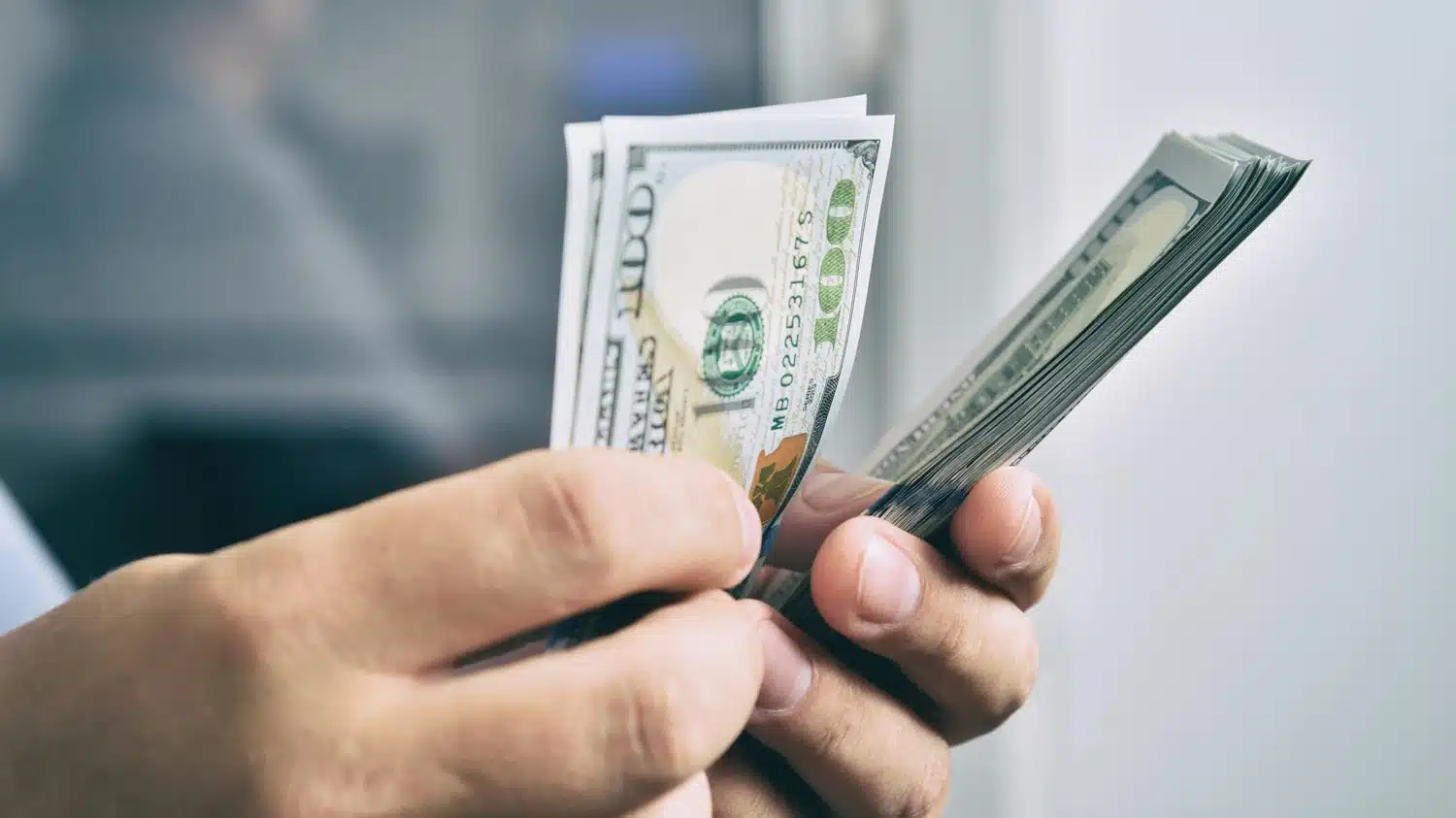
Cash is back and an important asset class to consider as part of your overall financial plan!
After more than a decade of record low and near zero interest rates in the aftermath of the 2007-2009 Global Financial Crisis and the COVID-19 Pandemic, monetary policy since March 2022 has shifted dramatically as the Federal Reserve has turned hawkish in a bid to curb the inflation, they unleased with easy money policies over the past 15 years.
With short term interest rates higher than they have been since 2001, Americans continue to pour record sums of money into cash-related products that generate attractive yields. Part of this change was in reaction to poor stock and bond market performance in 2022. Such periods of negative market return often create anxiety for investors and lead some to shift assets into generally safer cash equivalents. Higher short-term rates help boost the appeal of cash investments.
While 2022’s capital market results were unusual, it’s not indicative of longer-term trends. For investors determined to achieve important financial goals such as a secure retirement, investing in longer-term assets like stocks and bonds has proven to be an effective strategy. History shows that over time, these so-called “risk assets” offer potential for generating returns that may outpace inflation. At the same time, money that remains in cash accounts should be positioned to take advantage of today’s higher interest rate environment.
If you have excess funds, it’s important to recognize the unique opportunities in cash and short-term fixed income vehicles available today. Money currently held in cash-equivalent investments should be separated into two categories:
- Dollars set aside to meet immediate cash flow needs over the next 24 months. These resources can be used to meet living expenses, pay tax liabilities, pay down debt, and fund a one-year emergency fund.
- Money planned to meet longer-term goals such as a down payment on a home. For money that won’t be needed in the next 24 months or longer, short term investment grade bonds may offer the potential to generate higher yield while still protecting principal. In today’s interest rate environment, more attractive opportunities can be found in short-term securities due to the inverted yield curve whereby short-term rates are currently higher than long term.
Options for your Cash:
- High Yield Savings Account: This is an attractive option for those who want to increase their savings while having easy access to the money in case of emergencies or other unplanned expenses.
- Certificate of Deposit (CD): This is also a safe place to keep your money. One big difference between a savings account and a CD is that a CD locks up your money for a set term. If you want to access the funds prior to maturity, you will be charged a penalty.
- Since CD’s carry fixed yields, tying up your funds in a CD can be a bad idea in a rising rate environment. Conversely, locking in your money can be a smart move during a time when rates are falling.
- Money Market: If you want a safe place to park extra cash that often earns a higher yield than a traditional savings account, consider a money market fund. Our partnership with SEI allows us to offer Money Market funds offering a very competitive return to our clients.
- Checking Account: should primarily be used for storing the money you spend on everyday expenses. Checking accounts are highly liquid and come with check-writing privileges, ATM access and debit cards. Withdrawals can be made at any time, and there’s no risk to your principal.
- Treasury Bills: These are backed by the U.S. government and are considered very low risk and liquid. They are sold on the secondary market, such as through a broker or on the Treasury Direct website. They are discount bonds that are sold to investors for less than face value.
- Short Term Bonds: If you are planning to park your cash for at least 2/3 years, consider these bonds. Unlike Treasury bills, short term bonds do not protect the principal. If interest rates rise, the value of the bond will likely decrease. That is because bond prices typically fall when interest rates rise. The longer the duration of a bond, the more vulnerable it is to rate fluctuations.
Conclusion:
Maximizing savings does not mean taking on undue excessive risk. A prime example of this would be allocating some of your cash equivalent holdings to High Yield Junk Bonds simply because they return more than high quality bonds. The best option for your cash depends on your financial goals, risk tolerance, and the current economic environment. It is often a good idea to maintain a diversified portfolio, including a mix of cash, low risk options, and higher yield investments, to meet your financial goals and mitigate risks.



